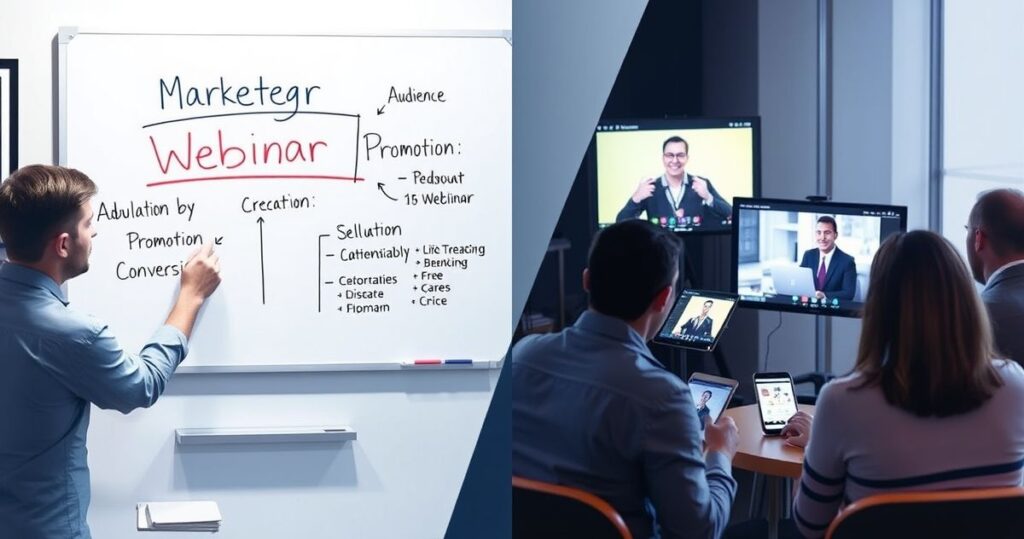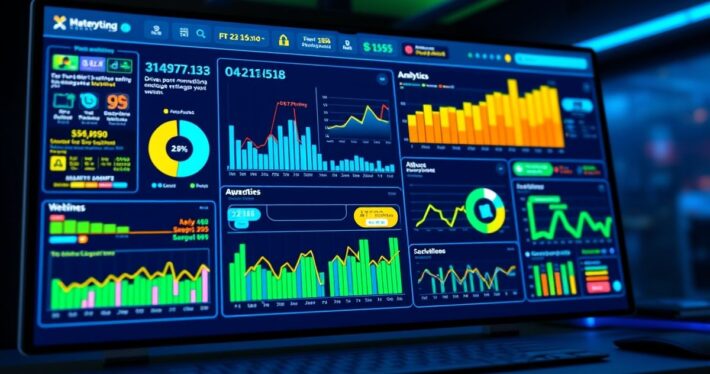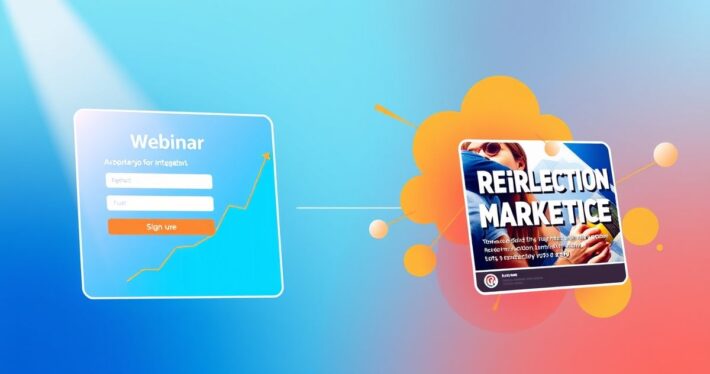How to Build a Webinar Marketing Plan

Building a webinar marketing plan isn’t just about setting a date and sending out invites. It’s a strategic process that requires careful planning, execution, and optimization. Whether you’re a seasoned marketer or a webinar newbie, a well-crafted plan can mean the difference between a mediocre turnout and a record-breaking event. So, where do you start? Let’s break it down step by step, with actionable tips and industry insights to help you create a webinar marketing plan that truly delivers.
Why Do You Need a Webinar Marketing Plan?
Let’s be honest—webinars don’t magically attract audiences. Even if you have the best content in the world, it won’t matter if no one shows up. A webinar marketing plan ensures you’re reaching the right people, at the right time, with the right message. It’s your roadmap to engagement, lead generation, and ultimately, conversions. Without a plan, you’re essentially throwing spaghetti at the wall and hoping something sticks.
Step 1: Define Your Goals and Audience
Before you even think about promotion, you need to answer two critical questions:
- What’s the purpose of your webinar?
- Who are you trying to reach?
Your goals could range from generating leads and boosting sales to educating your audience or building brand authority. Once you’ve nailed down your objectives, identify your target audience. Are they small business owners, marketing executives, or tech enthusiasts? The more specific you are, the better you can tailor your messaging.
Pro Tip: Use tools like audience segmentation and persona mapping to refine your target audience. This ensures your webinar resonates with the people who matter most.
Step 2: Choose the Right Topic and Format
Your topic should be compelling, relevant, and aligned with your audience’s pain points. For example, if you’re targeting small business owners, a webinar like “5 Low-Cost Marketing Strategies to Grow Your Business” would likely attract more interest than a generic “Marketing 101” session.
As for the format, consider what works best for your goals. Will it be a live Q&A, a panel discussion, or a solo presentation? Each format has its strengths, so choose one that aligns with your objectives and audience preferences.
Real-World Example: A SaaS company targeting marketers hosted a live demo webinar showing how their tool solved common pain points. By focusing on practical applications, they saw a 40% increase in sign-ups compared to their previous theoretical presentations.
Step 3: Create a Promotion Timeline
Timing is everything in webinar marketing. Start promoting at least 2-3 weeks before the event to give your audience enough time to register. Here’s a sample timeline:
- 3 Weeks Out: Announce the webinar via email, social media, and your website.
- 2 Weeks Out: Share testimonials or case studies to build credibility.
- 1 Week Out: Send reminders and teasers (e.g., sneak peeks of the agenda).
- Day Before: Final reminder with a “last chance to register” message.
- Day Of: Last-minute push with a countdown to the event.
Pro Tip: Use tools like automated email sequences and social media schedulers to streamline your promotion efforts.
Step 4: Leverage Multiple Channels
Don’t rely on just one channel to promote your webinar. Use a mix of email marketing, social media, paid ads, and even partnerships to maximize reach. Here’s how to approach each channel:
- Email Marketing: Create a series of compelling emails with clear CTAs (e.g., “Reserve Your Spot Today”).
- Social Media: Share engaging posts, videos, and countdowns to build anticipation.
- Paid Ads: Run targeted ads on platforms like LinkedIn or Facebook to reach a broader audience.
- Partnerships: Collaborate with influencers or industry leaders to tap into their audience.
Pro Tip: Use A/B testing to determine which messaging and visuals resonate most with your audience.
Step 5: Optimize Your Landing Page
Your webinar landing page is your virtual storefront. It needs to convince visitors to register in seconds. Here’s what to include:
- A compelling headline that highlights the value of your webinar.
- A brief description of what attendees will learn.
- A clear CTA (e.g., “Register Now”).
- Social proof (e.g., testimonials or past webinar stats).
- A countdown timer to create urgency.
Real-World Example: A fitness brand increased registrations by 25% by adding a video testimonial from a past attendee to their landing page.
Step 6: Engage Your Audience Before the Webinar
Promotion doesn’t stop after someone registers. Keep your audience engaged with pre-webinar content like:
- A welcome email series with tips related to the webinar topic.
- Polls or surveys to gather input on what they’d like to learn.
- Social media posts sharing behind-the-scenes prep.
Pro Tip: Use tools like chatbots or interactive Q&A platforms to maintain engagement and answer questions in real-time.
Step 7: Deliver a High-Value Webinar
On the day of the webinar, your job is to deliver an experience that exceeds expectations. Here’s how:
- Start on time and stick to the agenda.
- Use visuals, stories, and examples to make your content engaging.
- Encourage interaction through polls, Q&A sessions, and live chats.
- End with a clear CTA (e.g., “Sign up for our free trial”).
Pro Tip: Use AI-powered tools like slide outline creators to ensure your presentation strikes the perfect balance between education and engagement.
Step 8: Follow Up Strategically
The webinar isn’t over when the screen goes dark. Follow up with attendees and no-shows to keep the momentum going. Here’s what to include in your follow-up emails:
- A thank-you message with a link to the recording.
- Additional resources related to the webinar topic.
- A special offer or discount to encourage conversion.
Pro Tip: Use your webinar analytics to segment follow-ups based on engagement levels (e.g., active participants vs. passive viewers).
Overcoming Common Challenges
Building a webinar marketing plan isn’t without its hurdles. Here’s how to tackle some common challenges:
- Low Registration Rates: Experiment with different messaging, visuals, and channels to see what works best.
- Low Attendance Rates: Send multiple reminders and consider offering incentives (e.g., a free resource for attending).
- Technical Issues: Test your equipment and platform beforehand, and have a backup plan in place.
Tools to Supercharge Your Plan
To make your life easier, leverage tools designed specifically for webinar marketing:
- Slide Outline Creator: Balance education and engagement with AI-generated slide outlines.
- Webinar Offer Builder: Structure your pricing, stack value, and position your offer for maximum conversions.
- High-Value Bonus Brainstormer: Generate bonus ideas to give your audience an extra nudge.
- Risk-Reversal/Guarantee Generator: Craft guarantees that make saying “yes” a no-brainer.
Final Thoughts
Building a webinar marketing plan may seem daunting, but with the right strategy and tools, it’s entirely achievable—and incredibly rewarding. Remember, the key to success lies in understanding your audience, delivering value, and promoting effectively. So, what are you waiting for? Start planning your next webinar today, and watch your engagement and conversions soar!



